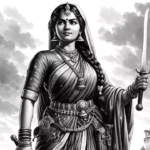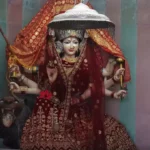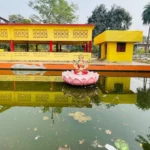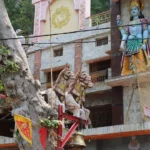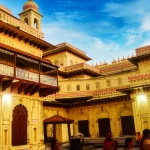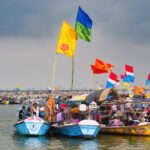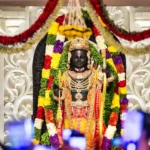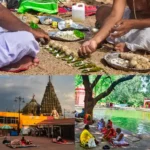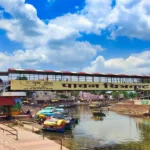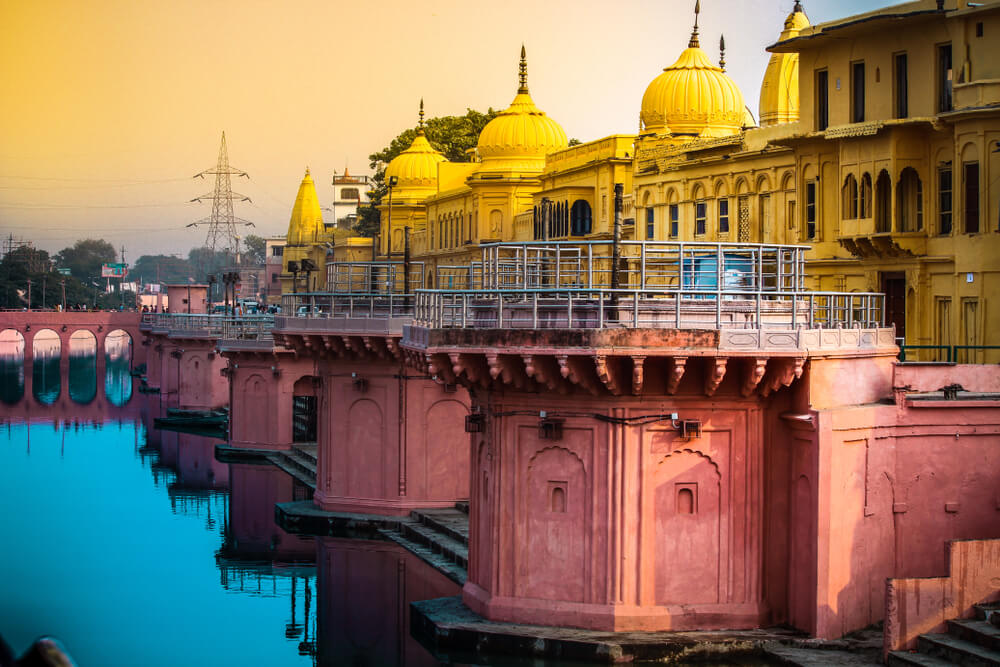6. Guptar Ghat
Slightly upstream but boasting special appeal includes this ancient stone ghat directly on the Saryu River shoreline rarely flooded even during heavy monsoons making it perpetually busy. Local lore suggests Lord Rama himself frequently visited these bathing ghats set aside exclusively for sadhus, holy men and Kings rather than public usage hence its name meaning ‘hidden’.
Of the fifty-two ghats originally gracing Ayodhya’s waters according to religious accounts, visiting Guptar Ghat allows a glimpse of longstanding ritual traditions continuing from Lord Rama’s age.
7. Gulab Bari
Literally ‘Garden of Roses’, Gulab Bari is a peaceful open space honouring Saint Vishwamitra – the sage who sheltered exiled princes Rama and Lakshman in forests, also guiding spiritual development central to the Ramayana tale.
His dedicated tomb and shrine near a banyan tree draw plenty of worshippers. However, most tourists come admiring the atmospheric Persian-style landscaped gardens filled with fountains, flowers and songbirds too for pure tranquillity.
8. Kanak Bhavan Museum
Directly beside the actual Kanak Bhawan Temple rests an excellent museum devoted to Ayodhya’s history from Lord Rama’s reign through subsequent invasions, colonial rule and today. See original antiquities plus intricately detailed dioramas bringing key events to life whether Rama’s birth or Babri Mosque tensions.
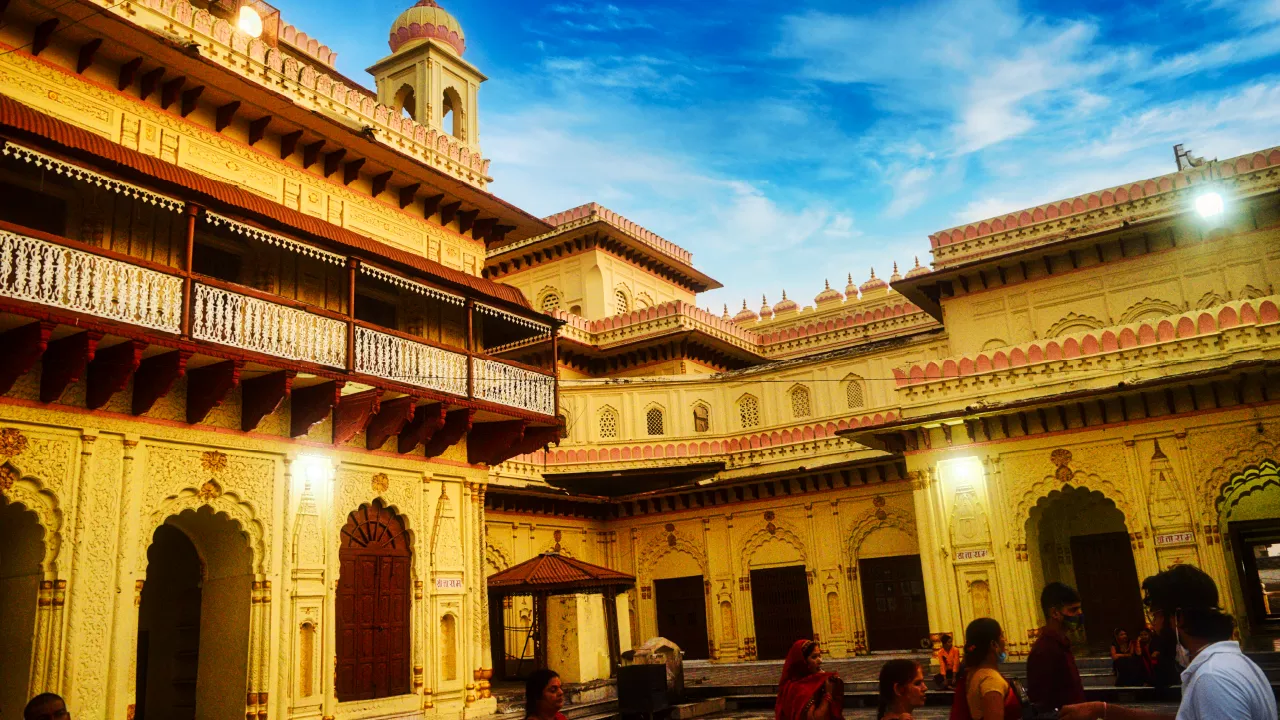
Getting quick context here on crucial chapters affecting religious heritage makes touring relevant sites afterwards appreciably more enriching. Don’t skip it!
9. Tulsi Smarak Bhawan
This modern temple honors Lord Rama’s brother Lakshmana said to have passed away heartbroken at being apart after serving dutifully through long years in exile. Features include ornamented towers, a meditation hall and striking statues narrating important turns in the Ramayana epic beyond just Rama-centric events.
Said to approximately follow Ayodhya’s ancient perimeter once tracing Lord Rama’s kingdom itself, visiting transports imagination to bygone eras.
10. Dasharath Mahal
Lastly, among the premier holy places in Ayodhya, these partly excavated ruins mark the actual site of King Dasaratha’s palace where Lord Rama spent his youth before his 14-year exile. Wandering stones overgrown by subtropical forest evoke nostalgic wonderment of what luxurious royal life filled this enormous compound.

Two red-painted graves also signify King Dasaratha and Queen Kausilya’s resting places. Paying final respects connects me personally with Rama’s family.
Key Tips for Visiting Ayodhya Temples:
- Dress conservatively covering your shoulders and legs
- Avoid leather accessories prohibited inside
- Hire guides for scooters navigating efficiently between temple clusters spread across town
- Multi-lingual guides are available daily on arrival at Ayodhya. Contact us for booking.
Table Summary: Top 10 places to visit in Ayodhya
| Temple |
Deity/Significance |
| Ram Janmabhoomi |
Denotes Lord Rama’s birthplace |
| Hanuman Garhi |
Fortified temple devoted to Lord Rama’s disciple Hanuman |
| Kanak Bhawan |
Occupies King Dasaratha’s palace site with healing shrines |
| Nageshwarnath Temple |
One of the key 12 Jyotirlinga shrines for Lord Shiva |
| Ram Ghat & Saryu Aarti |
Riverside funeral traditions were conducted by Lord Rama himself |
| Guptar Ghat |
Secluded bathing ghats reserved for Kings & holy men only |
| Gulab Bari |
Serene gardens with tomb/shrine for Ramayana sage Vishwamitra |
| Kanak Bhawan Museum |
Showcases Ayodhya chronicles from Rama’s reign onwards |
| Tulsi Smarak Bhawan |
Modern temple commemorating Lord Rama’s brother Lakshmana |
| Dasharatha Mahal |
Ruins of the palace where Lord Rama originally resided before exile |









